We were especially excited to get to the Plantation for November's meeting, not only because Capt. Zach Hoffman was on deck to be our guest speaker for the evening, but also because we were expecting a number of new ladies to join us. Since the feature story was published about the NCLA in the October edition of Ocala Style / Marion Healthy Living Magazine, we've had several inquiries about our fun little club coming in on a daily basis and many of those women were anxious to come and sit in on one of our meetings to see first hand what we're all about....and boy did they come.
Walking into "The Den" meeting room, where our meetings are held at The Plantation, we noticed that the NCLA sign was not posted on the door like it usually is, and the tables and chairs were set up in a different arrangement with audio/visual equipment set up as well. That was a little curious but we weren't overly concerned about it so we shrugged our shoulders and made ourselves comfortable and waited for Capt. Zach and some of the other members to arrive.
By 6:00 we had most of our regular crew there with maybe only one or two of the new ladies that joined us. Hhhmmm.....wonder where the others where. Had they just changed their minds and decided not to come after all? That happens sometimes. Where they lost? Capt. Zach was there, though, all set up and ready to go, so we went ahead and began the presentation, a little disappointed that we were missing so many of the newbies.
About 10 minutes into our meeting, an employee from the Plantation's Banquet Dept. (they're the folks that set up the meeting rooms) came in and apologized to us. He explained that the room we were in, the one we've been in every month for the past year, had been set up for a different group and another meeting room, located upstairs, had been set up for us, in fact, there were women already up there waiting - probably the other newbies we were wondering about earlier. He apologized again when he found out that we hadn't been told about the old room switch-a-roo before now. Well, that explained a lot but we were already set up and ready to go. Didn't matter, We were gently encouraged to gather our things and relocated to the meeting room upstairs which we did. Sure enough, a handful of new faces were sitting quietly in their seats. They had been ushered into that room by the check-in staff and had been waiting up there the entire time wondering where the core NCLA members were!
It took us a good 15-20 minutes to change rooms, get settled, reset the audio/visual equipment and get back underway by starting completely over. But at least we were all together now....all 18 of us, the biggest audience we've had since our very first meeting at the Coastal Region Library back in February of 2013.
Walking into "The Den" meeting room, where our meetings are held at The Plantation, we noticed that the NCLA sign was not posted on the door like it usually is, and the tables and chairs were set up in a different arrangement with audio/visual equipment set up as well. That was a little curious but we weren't overly concerned about it so we shrugged our shoulders and made ourselves comfortable and waited for Capt. Zach and some of the other members to arrive.
By 6:00 we had most of our regular crew there with maybe only one or two of the new ladies that joined us. Hhhmmm.....wonder where the others where. Had they just changed their minds and decided not to come after all? That happens sometimes. Where they lost? Capt. Zach was there, though, all set up and ready to go, so we went ahead and began the presentation, a little disappointed that we were missing so many of the newbies.
About 10 minutes into our meeting, an employee from the Plantation's Banquet Dept. (they're the folks that set up the meeting rooms) came in and apologized to us. He explained that the room we were in, the one we've been in every month for the past year, had been set up for a different group and another meeting room, located upstairs, had been set up for us, in fact, there were women already up there waiting - probably the other newbies we were wondering about earlier. He apologized again when he found out that we hadn't been told about the old room switch-a-roo before now. Well, that explained a lot but we were already set up and ready to go. Didn't matter, We were gently encouraged to gather our things and relocated to the meeting room upstairs which we did. Sure enough, a handful of new faces were sitting quietly in their seats. They had been ushered into that room by the check-in staff and had been waiting up there the entire time wondering where the core NCLA members were!
It took us a good 15-20 minutes to change rooms, get settled, reset the audio/visual equipment and get back underway by starting completely over. But at least we were all together now....all 18 of us, the biggest audience we've had since our very first meeting at the Coastal Region Library back in February of 2013.
Let's get started - Pompano
We got comfortable and gave Capt. Zach our undivided attention. He told us a little bit about himself and his charter business and then began his presentation by making sure we understood that Florida Pompano is in the Jack family. He showed a Power Point slide and pointed out the differences between the Florida Pompano and several other species (Cravalle Jack & Permit) that look similar but are entirely different in a few ways. One of the easier ways to identify a Pompano from a Permit is the length. Pompano are smaller in comparison and will usually be under 17 inches or so, where as the Permit will be an average of 25 inches or larger. Another difference that Capt. Zach pointed out is that Pompano are very tasty and a great fish to harvest, take home and cook.....Jack Cravalle and Permit....not so much!
Pompano are not fish you typically target in the Crystal River area. They are more of a random catch while targeting a different species most of the time, but it's important to be able to identify them if/when you do catch them so that you don't break any laws by harvesting fish outside of the legal slot limit. You can keep as many as 6 Pompano per person per day as long as they are over 11 inches long.
Pompano are not fish you typically target in the Crystal River area. They are more of a random catch while targeting a different species most of the time, but it's important to be able to identify them if/when you do catch them so that you don't break any laws by harvesting fish outside of the legal slot limit. You can keep as many as 6 Pompano per person per day as long as they are over 11 inches long.
Where to Find Them
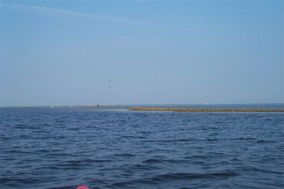
Pompano can be found in a variety of water environments. Around the Nature Coast of Crystal River, they'll be found near oyster bars and creeks. Capt. Zach told us about an area located in the Salt River between Homosassa and Crystal River where, when the water gets a bit colder, many of the professional guides will converge with clients and take turns fishing the mouth of several creeks and catch a number of Pompano. He also encouraged us to take note if we happened upon a professional guide with clients on board, Make a mental note of where they are, and at some point in the near future visit the area again and try your luck there. The guide was there for a reason...there's probably fish to be caught. During the winter months here in Crystal River, head over to a couple of the local shallow water rock piles....usually found in 6-12 feet of water. While you're fishing for Sheepshead, you may find an occasional school of Pompano run though the area. You can catch them with something as easy as a piece of shrimp on a jig-head. December and January are two good months where Pompano can be found around the Spoil Banks at the mouth of the Barge Canal.
So what if you don't have a boat or kayak? Try fishing from a bridge or pier. You're odds are just as good, if not better from either of those locations. Or try shore fishing on the East Coast.
If you have a motor boat, you may run right into a school of Pompano and not even realize it until you see them skip across the water in the motor wake behind you. Pompano have a weird habit of "wake skipping." When a boat passes near them they leap out of the water and skitter across the wake on their sides. They love rip currents and turbulent water.
If you have a motor boat, you may run right into a school of Pompano and not even realize it until you see them skip across the water in the motor wake behind you. Pompano have a weird habit of "wake skipping." When a boat passes near them they leap out of the water and skitter across the wake on their sides. They love rip currents and turbulent water.
Bait & Lures
Capt. Zach recommends using light tackle when fishing Crystal River inshore waters to experience the best fight a fish has to offer, including Pompano. "Light Tackle" usually means a 6-7 ft medium action rod with 15 lb test braid line and 15-20 lb fluorocarbon leader line. Even small fish with a little 'fight' in them will make for fun fishing with this combination of rod and line. Medium to heavy action rods can really take the fun out of catching a fish and bringing it to the net.
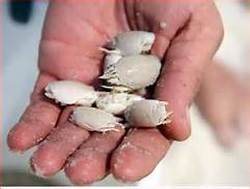
We learned that one of the best baits you can use for catching Pompano while surf fishing, bridge fishing or pier fishing are sand fleas. You can find them by digging an inch or two under the sand as waves receded from the shoreline ever few seconds.
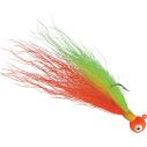
One of Zach's favorite lures is a buck-tail jig, a piece of lead on a hook" (jig-head) with strands of colored horse hair tied on to cover and hide the hook. He uses this type of lure to find schools of Pompano because it is designed to be retrieved very quickly. If you hesitate in the retrieval process, the jig-head is heavy enough to sink to the bottom.
The faster you reel in your lure, the faster it cuts the water and this action attracts lots of fish. You can also use a small piece of shrimp on a 1/16 oz. jig-head and work that at a rapid pace through the water, too. You just don't want to "fish the bottom" if you're looking to hook into a Pompano. Like Spanish Mackerel, they're looking for fast moving bait. In fact, there are jigs made specifically for Pompano called "Pompano Jigs". Another fast retrieval jig to consider is the Silly Willy used to catch both Pompano and Yellow Tail Snapper, too. This one is a little shaped a little differently then a normal jig-head to make it "flutter" in the water.
The faster you reel in your lure, the faster it cuts the water and this action attracts lots of fish. You can also use a small piece of shrimp on a 1/16 oz. jig-head and work that at a rapid pace through the water, too. You just don't want to "fish the bottom" if you're looking to hook into a Pompano. Like Spanish Mackerel, they're looking for fast moving bait. In fact, there are jigs made specifically for Pompano called "Pompano Jigs". Another fast retrieval jig to consider is the Silly Willy used to catch both Pompano and Yellow Tail Snapper, too. This one is a little shaped a little differently then a normal jig-head to make it "flutter" in the water.
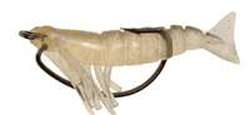
If you want to retrieve at a slower pace, then you may want to opt for a DOA Shrimp like this. Usually better to use a slow retrieve lure during the hotter months when the water is warmer and fish aren't as energetic as they are in cooler water.
How to Cook Them
There are so many different ways to cook Pompano (and any other fish for that matter) but the first one Zach mentioned, and probably the easiest way is to just fry it.
He also mentioned a more unconventional way of cooking Pompano that he learned from a friend's mother who is Asian. She cuts the head off and guts it and then just boils the fish. Once it's done, all you have to do is pick the meat off of the bones. He said it is surprisingly delicious that way.
After the recipe exchange, we capped off the presentation with a "Question and Answer" session and then he gave each of us a coozie and a business card.
Although Capt. Zach's specialty is to go 30-40 miles off-shore Grouper fishing, we appreciated him coming and teaching us a little bit more than we knew before about Pompano, even if it's not his primary species of charter fishing we sure learned a lot from him and hope we can count on him to come and speak to our group again next year.
After the recipe exchange, we capped off the presentation with a "Question and Answer" session and then he gave each of us a coozie and a business card.
Although Capt. Zach's specialty is to go 30-40 miles off-shore Grouper fishing, we appreciated him coming and teaching us a little bit more than we knew before about Pompano, even if it's not his primary species of charter fishing we sure learned a lot from him and hope we can count on him to come and speak to our group again next year.
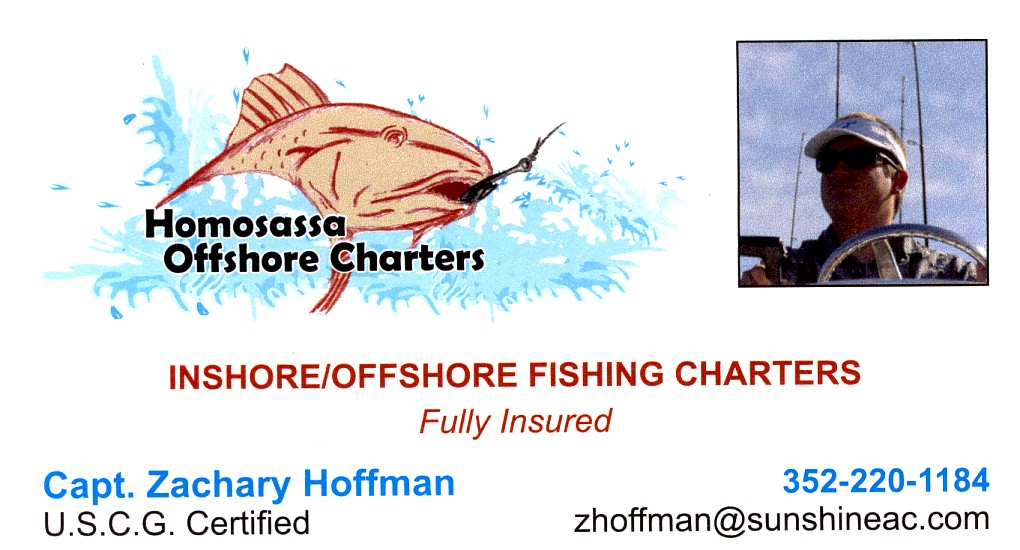
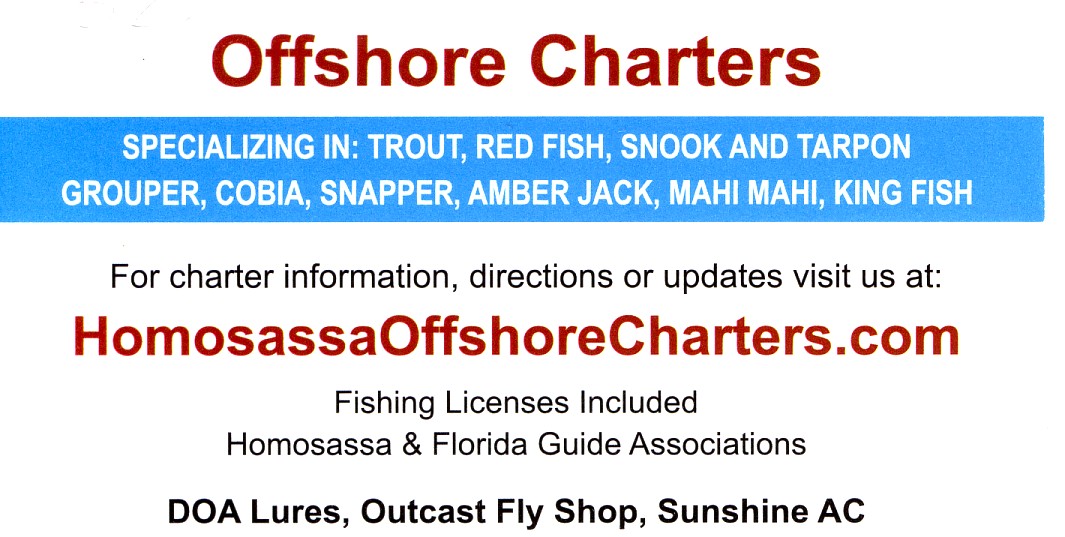
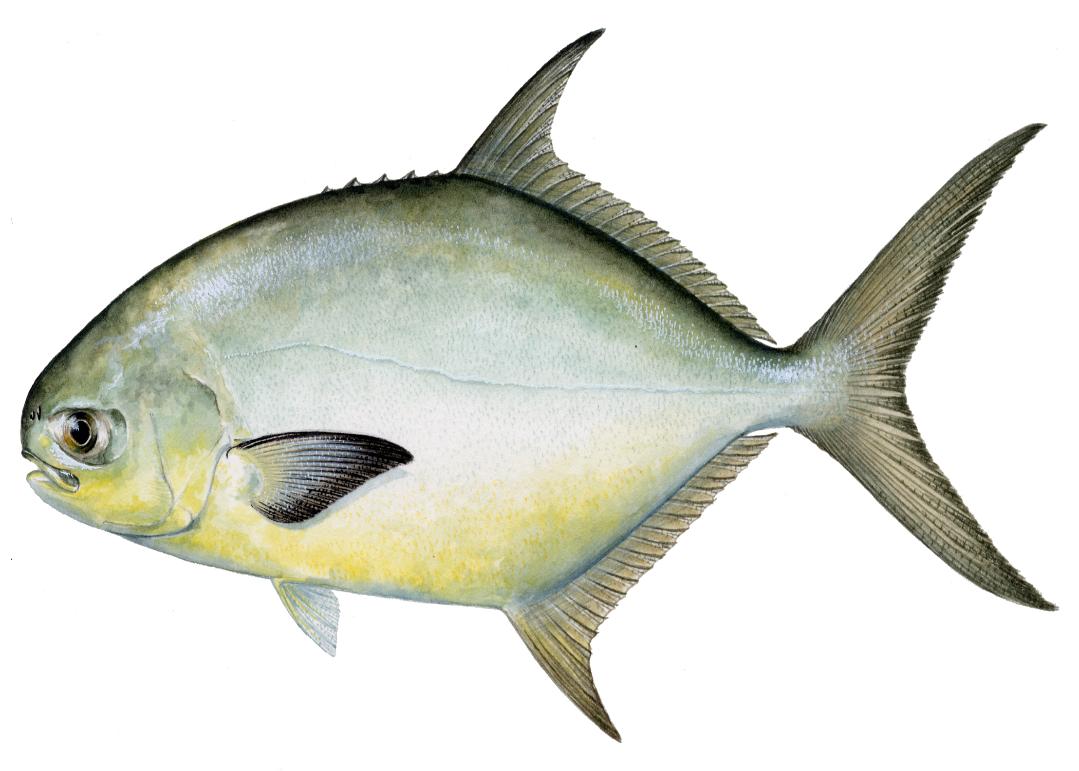
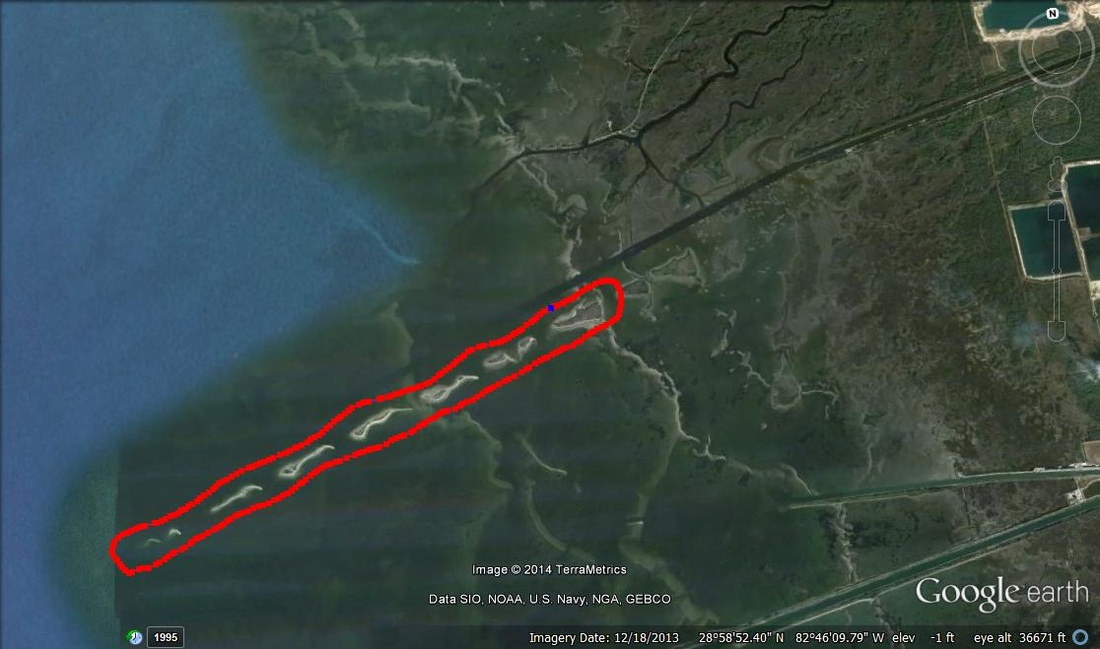
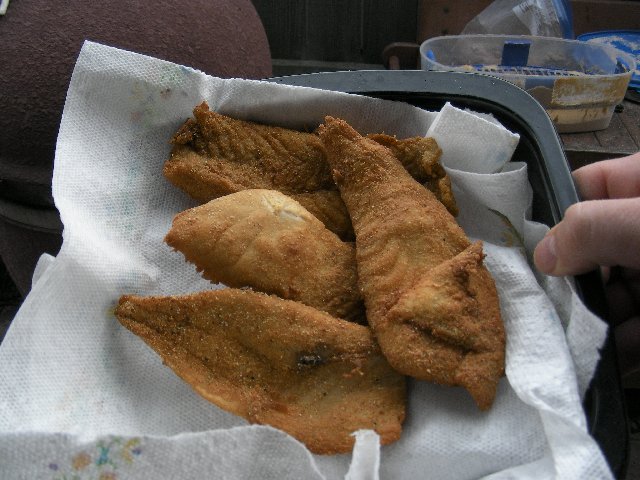
 RSS Feed
RSS Feed